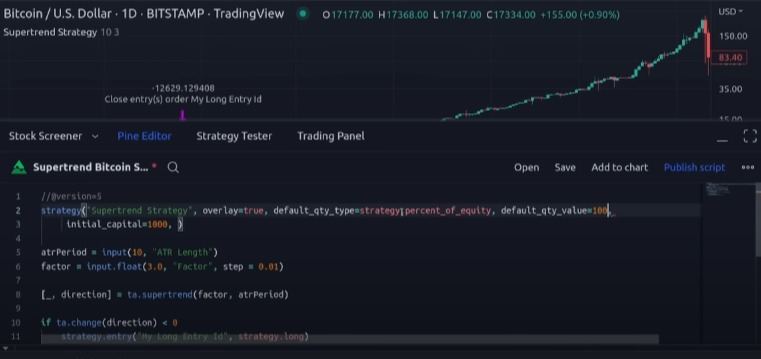
In the heart of a city that blended the old with the new, HackerHipster stood out like a beacon of contrast. Dressed in a tailored black suit that seemed to absorb all surrounding light, he was the embodiment of timeless artistry. The suit, with its dark teal and white accents, evoked images of historical opulence. The intricate wirework, visible only to the discerning eye, revealed patterns of bold, black lines that intertwined in an elaborate dance.
His black car, a relic from an era long gone but modified with the latest tech, stood parked next to him, reflecting the softbox lighting of the city’s neon signs. The car’s design was a perfect harmony of historical influences and modern aesthetics, with its curves and edges highlighted by the striking contrasts of light and dark.
HackerHipster’s name was a paradox, combining the world of digital expertise with the flair of unconventional style. He was known in the trading circles as a prodigy. He could predict market movements with uncanny accuracy, not because of any algorithm or software, but because he had an innate understanding of human nature and its historical patterns.
The city’s alleyways whispered tales of his trades, ones that could make or break empires. He wasn’t just a trader; he was an artist. His canvas was the stock market, and his brush was the myriad of trades he executed, each stroke carefully planned and executed.
One evening, as the city was bathed in the gentle glow of twilight, HackerHipster was approached by a figure draped in a cloak. The mysterious stranger handed him a piece of parchment.
“It’s a map,” the figure whispered, “to the greatest trade ever.”
HackerHipster’s eyes scanned the parchment. It wasn’t a map of any city or treasure. It was a map of time.
“The trade you’re looking for,” the stranger continued, “isn’t in the present. It’s in the past.”
The concept wasn’t entirely foreign to HackerHipster. He had always believed that the past held the keys to the future. But to actually travel back in time to execute a trade was something he hadn’t considered.
With the map in hand and his trusty black car by his side, HackerHipster began his journey through time. The car, with its blend of old and new, was the perfect vessel. With each jump, he found himself in a different era, witnessing historical events that shaped the world of trading.
In ancient Rome, he saw the birth of currency exchange. In Renaissance Florence, he watched the Medici family shape the world of banking. And in 1920s Wall Street, he witnessed the boom and bust of the stock market.
With each visit, HackerHipster collected pieces of knowledge, understanding the root causes of market movements. He realized that while technology and times had changed, human emotions – fear, greed, hope, and despair – remained constant.
The final piece of the map led him to a small village in medieval Europe. Here, he learned of a trade that had the potential to change the course of history. A spice trade, so valuable that it could tip the balance of power in the world.
With the knowledge in hand, HackerHipster returned to his time. Armed with the insights of the past, he executed the trade, not for personal gain, but to shape a better future. The trade was a resounding success, but instead of hoarding the wealth, he invested it in the city, building institutions of learning and art, ensuring that the lessons of the past would never be forgotten.
HackerHipster became a legend, not just for his trading prowess, but for his vision of a world where history and the future coexisted in harmony.
In the heart of the city, a statue was erected in his honor. The statue, made of wire, depicted him in his signature black suit, standing next to his black car, forever immortalized in the softbox lighting. The plaque read: “HackerHipster – The Timeless Trader.”
And so, in a world of striking contrasts, HackerHipster’s legacy lived on, reminding everyone that while times may change, the essence of humanity remains the same.


Leave A Comment